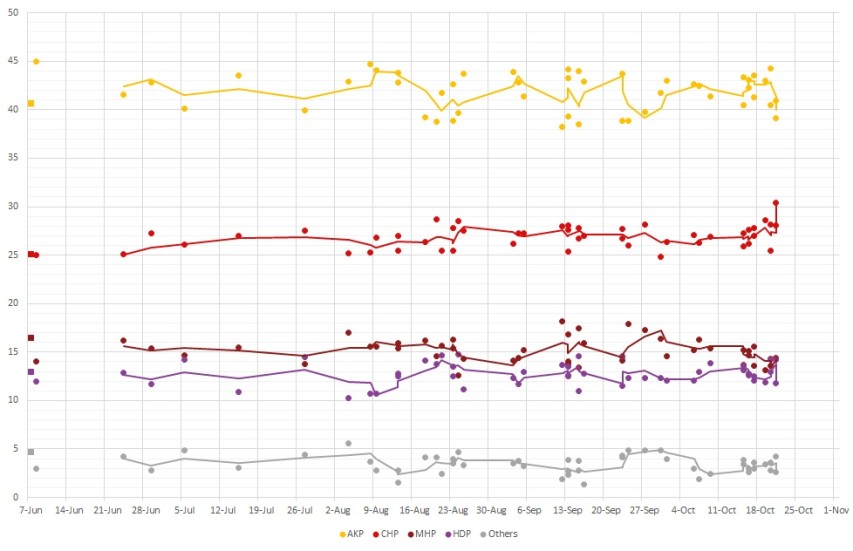A breathalyzer company conducted a study to determine who are the drunkest fanbases in the NFL, and Buffalo turned in the highest overall score:
Apparently, losing does drive fans to drinking, at least according to a recent study done by BACtrack.
The Breathalyzer company spent the past six weeks anonymously collecting BAC samples and what they found is that Bills fans really, really, really like to drink.
According to the study, Bills fans had an average blood-alcohol level of .076 through the first seven weeks of the NFL season, which was the highest among all NFL fan bases.
If you’re wondering how BACtrack was able to hunt down the BAC level of random fans, they didn’t. The samples came to them.
The company used anonymous samples sent in by fans who were using the BACTrack app on their phone, an app that works as a Breathalyzer.
The company then collected data on Sundays between Sept. 13 and Oct. 25 to try and accurately gauge how much fans were drinking. Only samples sent in between 6 a.m. on Sunday and 5:59 a.m. on Monday counted toward the study.
The data was only collected from geographic locations that were hosting NFL games during the first seven weeks of the season.
There were probably plenty of flaws in the study, but based on what I’ve seen from Bills fans, it’s not surprising they’re No. 1.
I find it amusing that the NFC North’s drunk fan index exactly matches the teams’ relative standings right now, with Green Bay fans the most sober (at 0.042), followed by Vikings fans (0.046), then Bears fans (0.054), and finally Detroit fans (who definitely have reason to be drinking more this season) at 0.069.







 It’s a great philosophical treat to get the words of Vikings head coach Mike Zimmer, as re-interpreted by the Daily Norseman‘s Ted Glover. Glover has made a life-long mission to understand the true meanings of the sometimes occult and difficult phrasing of Minnesota’s own warrior-poet, despite all the difficulties and problems of reducing the essence to the point that mere mortal sports fans can understand.
It’s a great philosophical treat to get the words of Vikings head coach Mike Zimmer, as re-interpreted by the Daily Norseman‘s Ted Glover. Glover has made a life-long mission to understand the true meanings of the sometimes occult and difficult phrasing of Minnesota’s own warrior-poet, despite all the difficulties and problems of reducing the essence to the point that mere mortal sports fans can understand. 

